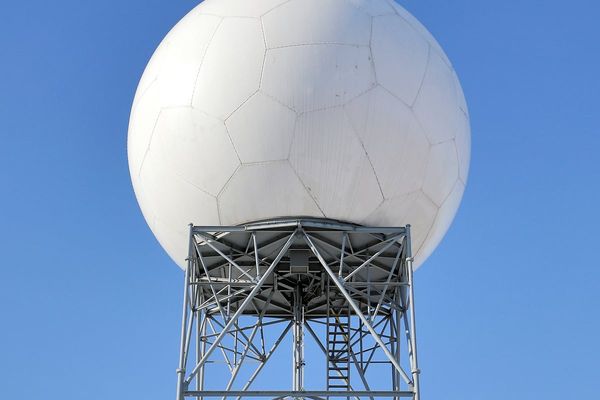Thousands of short-term vacation rentals could be contributing to the rental crisis in South Florida, where it has become harder to find affordable places to live, according to a new study.
Short-term vacation rentals might be keeping units from entering the market that could instead be used as longer-term rentals during a time when many areas in Florida wrestle with increasingly high rents and a severe shortage of affordable places to live, the study from Florida Atlantic University suggests.
“They are taking properties off the market that could be used as longer-term rentals,” said Ken H. Johnson, real estate economist at Florida Atlantic University. “It’s the shortage of available units that drives rental rates higher. While developers and local governments clearly need to build more units, that’s not the only solution to this problem.”
To conduct the study, Johnson used anecdotal evidence based on discussions with Realtors, developers, landlords and brokers in the area to see what issues are contributing to the housing crisis in South Florida, with one of the issues that kept coming up being short-term vacation rentals and restrictions from condo and homeowners associations.
Affording housing in South Florida
South Florida’s affordability crisis has been brewing for years, due to a combination of various factors such as low supply, lack of available land to build on, and arduous zoning and permitting processes.
And the pandemic housing boom, where wealthy out-of-state-buyers and renters flocked to South Florida, brought intense demand to an area that already was dealing with a tight supply of units.
Combined with limited land to build on, and the long process to get new units on the market, from zoning and permitting to overall funding, it created a crisis that led to South Florida being one of the most expensive places to rent relative to income.
And while short-term vacation rentals won’t fix the issue at hand, it could potentially help with South Florida’s severe shortage of available places to rent, according to the study.
The FAU study didn’t name any sites specifically. Some other studies have stated that the presence of companies such as Airbnb can affect a community’s rent and affordable housing supply. A study published in the Harvard Law and Policy Review looked at the city of Los Angeles and concluded that converting a unit previously used by a resident to an Airbnb removed the unit from the rental market, therefore leading to a “real, but likely mild, increase in rents.”
Airbnb and Vrbo have previously said that their companies bring in needed revenue to the cities they are in, providing jobs and tax revenue and often help residents and vacation-home owners afford the places they own and that converting those units wouldn’t increase supply by much.
“Census data indicates the share of housing units used as vacation rentals has remained constant since 2010, and yet the cost of housing is up everywhere, for everyone because the country simply has not built enough housing. The need to prioritize building new housing is an issue in communities large and small across the country,” Airbnb said in a statement sent to the South Florida Sun Sentinel.
It’s hard to put an exact number on how many short-term vacation rental units there are in Florida. The 2021 American Community Survey suggests that as many as 830,000 in Florida fall under the “vacation rentals” category, which is about 8% of housing units in Florida. Johnson estimates that there could be 9,000 to 10,000 short-term vacation rental units in the tri-county area that are being kept from the market. “If we put those 10,000 units back on the market, it wouldn’t take us down to where we should be [in terms of pricing], but it would help lower the rents a little bit,” he said.
And more units will have to be built overall to account for the shortfall of available places to rent. According to numbers from the Florida Apartment Association, based on projected population growth, projected housing demand and supply, the South Florida area will have a housing gap of 263,000 units.
“There are a lot of units on the drawing board now, and maybe we can go a long ways to catching up, but we have to build and we have to build a lot,” Johnson said.
Renters’ costs
While rents have started to ease in the state and in South Florida, many renters are still paying a premium based on where rents should be, according to the Waller, Weeks and Johnson Rental Index.
In the tri-county area, rents lowered by about -.14% month to month, but renters on average are still paying about 14% over what rents should be. The current rent for the average unit in South Florida is about $2,770, when long-term trends show that rent should be around $2,416.
And in other places in the state it’s similar. In the Cape Coral-Fort Myers metropolitan area, renters are paying a little over 17% above what rents should be and in Orlando, renters are paying about 8% over what long-term pricing trends suggest.
With the possibility of an incoming economic downturn coming, short-term rental owners might also find it more lucrative to convert to longer-term rentals, Johnson noted.







